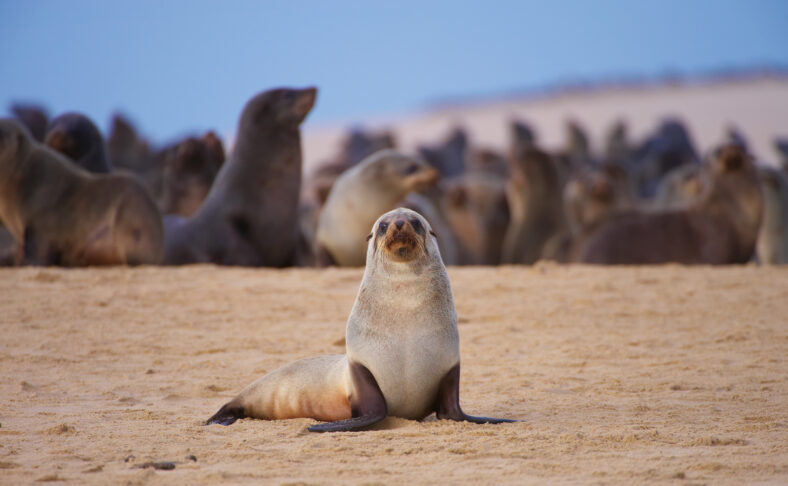Sea Lions Turn Aggressive When Suffering From Algae Poisoning

When a 20-year-old surfer named RJ LaMendola was riding the waves near the beach in Southern California, he was attacked by a sea lion. The animal charged at him as he paddled back to shore as quickly as possible.
He noted that the sea lion was behaving aggressively and bit him hard on his left buttock before he could escape from its reach.
The bite pierced through his wetsuit. Once he made it to shore, he drove himself to the nearest emergency room, where he was treated. Then, he contacted local wildlife authorities.
In all the time that he has spent surfing, La Mendola has never experienced such violence from a sea lion until now.
The most likely explanation for the sea lion’s unusual behavior is domoic acid poisoning, which results from toxic algae blooms.
Currently, Southern California is dealing with one of the worst outbreaks of domoic acid poisoning that officials have ever seen.
In recent weeks, dozens of sea lions and dolphins have been affected by the condition. Dead birds have been found as well.
At the Marine Mammal Care Center in San Pedro, around 140 sea lions are being cared for. They have a 50 to 60 percent chance of surviving if they receive treatment.
Another 45 or so are being treated at the Pacific Marine Mammal Center in Laguna Beach. An additional 15 were rescued this year by SeaWorld San Diego. Other sea lions have been found dead on several beaches in the area.

Sign up for Chip Chick’s newsletter and get stories like this delivered to your inbox.
Meanwhile, many dolphins are washing up on beaches, already dead or on the brink of death. They are being euthanized because dolphins rarely survive domoic acid poisoning.
In 2023, a similar outbreak occurred, killing more than 1,000 sea lions. But according to officials, this year is projected to be worse.
The harmful algae bloom began about five weeks ago. The environmental conditions during a bloom cause microscopic phytoplankton to grow rapidly.
Some phytoplankton species produce domoic acid, which builds up in shellfish and filter-feeding fish. Humans can also get sick from consuming contaminated fish, shellfish, and crustaceans.
Symptoms of domoic acid poisoning in marine mammals include lethargy, seizures, foaming at the mouth, and “stargazing,” a neck-craning behavior. Usually, biting incidents are rare, but sick animals have been known to act aggressively.
The bloom probably started in February when cold water from the depths of the Pacific Ocean rose to the surface.
It now appears to be spreading closer to shore. Researchers are keeping an eye on the bloom but are unsure how long it will last.
Due to climate change, agricultural run-off, and other human activity, toxic algae blooms are worsening and happening more often.
This is the fourth year in a row that a bloom producing domoic acid has developed off Southern California. It is a sign that the ocean’s health is declining.
The public is encouraged to report any sick, distressed, or dead animals they see on the beach. It is important to leave the animals alone because dolphins, in particular, can become agitated and die from fear.
More About:Animals





